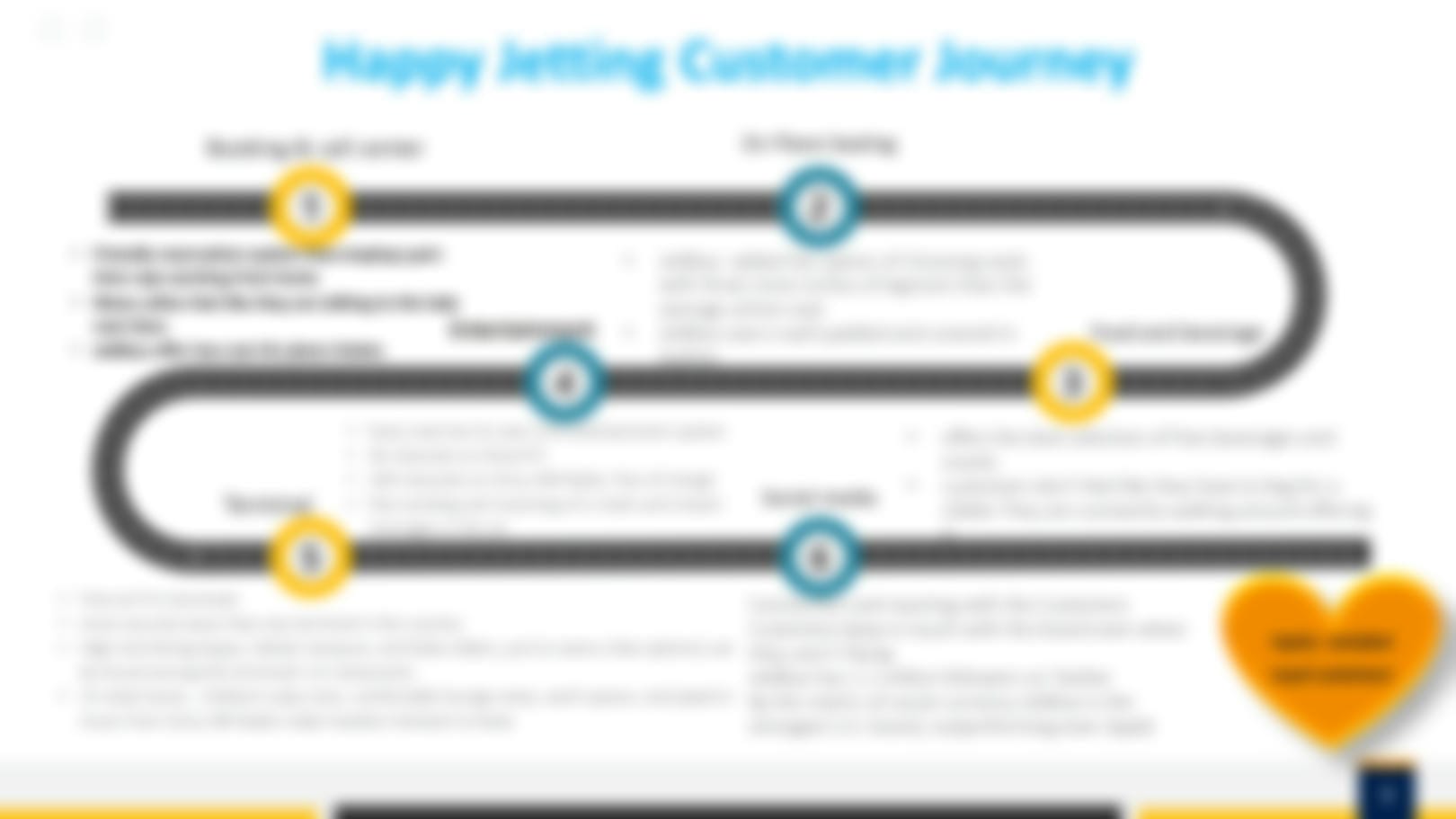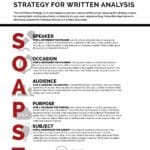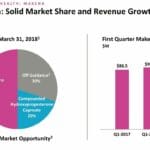JetBlue Airways’ story is more than a simple narrative of an airline’s journey; it’s a compelling case study of how innovation, customer-centricity, and adaptability can disrupt an established industry. From its inception as a low-cost carrier to its current position as a major player, JetBlue’s trajectory offers valuable lessons for businesses of all sizes. This article delves into the airline’s history, strategies, financial performance, and future outlook, providing a comprehensive analysis of its successes, challenges, and ongoing evolution.
The JetBlue Ascent: A Story of Innovation and Customer Focus
JetBlue’s entry into the airline industry in 2000 was marked by a bold proposition: delivering affordable fares without compromising customer experience. At a time when air travel was often viewed as a mundane necessity, JetBlue introduced amenities like seat-back TVs with free entertainment and streamlined online booking, transforming the flying experience into something enjoyable. This customer-focused approach, combined with its low-cost model, quickly resonated with travelers, propelling JetBlue’s rapid growth and establishing it as a formidable competitor.
Would you like to learn more about the individuals who generously contributed to the success of the Human Biome Project? Their dedication to scientific advancement has parallels in the innovative spirit of companies like JetBlue.
JetBlue’s Winning Formula: Decoding Their Success
JetBlue’s success story is multifaceted, encompassing a unique blend of customer focus, technological innovation, and strategic brand building. Their commitment to passenger satisfaction is arguably their most defining characteristic. By prioritizing passenger comfort and offering personalized service, JetBlue has cultivated a loyal customer base. This dedication likely contributed significantly to their high customer satisfaction ratings and positive word-of-mouth marketing.
Furthermore, JetBlue has consistently embraced cutting-edge technologies. From pioneering the use of paperless cockpits, which streamlined operations and enhanced efficiency, to partnering with companies like Tomorrow.io for advanced weather prediction, JetBlue demonstrates a commitment to leveraging technology for both internal operations and customer-facing improvements. These tech-forward initiatives have likely contributed to a smoother, more enjoyable travel experience for passengers.
JetBlue also recognized the power of social media early on, utilizing platforms like YouTube to build a strong brand identity and foster customer loyalty. Their human-centered marketing approach, characterized by humor and relatable content, helped them connect with audiences on a personal level and cultivate a distinct brand personality. This social media savvy probably played a crucial role in establishing JetBlue as the “cool” airline and building a strong, engaged community around the brand.
JetBlue’s Strategic Blueprint: Balancing Cost and Experience
JetBlue’s strategy can be characterized as a hybrid approach, balancing cost-effectiveness with a strong emphasis on passenger experience. This delicate balancing act involves strategically managing costs while simultaneously investing in features that enhance customer satisfaction. This hybrid model suggests an attempt to appeal to a broader customer base, encompassing both budget-conscious travelers and those seeking a more premium experience.
Cost control measures, such as strategic partnerships and efficient route management, allow JetBlue to maintain competitive fares. For example, codesharing agreements enable them to expand their network reach without the significant capital investment of acquiring new aircraft. Simultaneously, JetBlue invests in amenities that enhance the customer experience, such as more legroom, free in-flight entertainment, and a dedicated loyalty program. This dual focus suggests a belief that customer happiness translates into repeat business and long-term profitability.
However, this hybrid strategy is not without its challenges. Balancing cost containment with investments in customer experience requires constant adaptation and careful resource allocation. Some experts suggest that maintaining this balance in the face of fluctuating fuel prices, increasing competition, and evolving customer expectations may prove difficult in the long run. Ongoing research in the airline industry is exploring the sustainability of such hybrid models, and the conclusions are likely to evolve as the market dynamics change.
JetBlue’s Financial Landscape: Navigating Uncertainties
JetBlue’s financial performance has been a subject of much discussion, particularly following the failed merger with Spirit Airlines in March 2024. The collapse of this $3.8 billion deal forced JetBlue to re-evaluate its financial strategy and implement cost-saving measures, such as deferring 44 Airbus deliveries, saving an estimated $3 billion between 2025 and 2029. While JetBlue’s Q1 2024 performance exceeded expectations, largely due to cost-cutting initiatives and strategic network adjustments, the airline projects a significant revenue decline for the full year, primarily attributed to softening domestic travel demand. This projection has raised concerns among analysts, with some, like Thomas Fitzgerald, CFA, assigning a “Hold” rating to the company’s stock.
Despite these challenges, JetBlue secured $3.2 billion in financing, which it plans to use for debt refinancing, prefunding capital expenditures, and investing in its JetForward program, an initiative aimed at enhancing the customer experience and driving future growth. The effectiveness of this program and the airline’s ability to adapt to the evolving market landscape will likely be crucial to its long-term financial health. The airline industry’s inherent volatility and ongoing challenges, such as fluctuating fuel prices and competitive pressures, add further complexity to JetBlue’s financial outlook.
The Future of JetBlue: Charting a Course Through Evolving Skies
JetBlue’s future trajectory will depend on its ability to navigate a complex and dynamic industry landscape. The airline plans to expand its network, explore new partnerships, and invest in sustainability, all while maintaining its core focus on customer satisfaction. These strategic initiatives suggest a recognition of the need for continuous innovation and adaptation to remain competitive.
However, the airline industry faces ongoing uncertainty, with evolving travel patterns, increasing environmental concerns, and intensifying competition all posing significant challenges. Some experts believe that the future of air travel will be defined by personalized services and greater environmental responsibility. How JetBlue positions itself within this evolving landscape remains to be seen, but its history of innovation and adaptability suggests a willingness to embrace change and chart a new course for sustained success. Ongoing research and industry developments will undoubtedly shape JetBlue’s future strategies and determine its ultimate position within the ever-changing world of air travel.
- Georgia Platform: A Southern Strategy, 1850s - March 31, 2025
- How many weeks is 40 days: Quick Conversion Guide for Accurate Results - March 31, 2025
- How many feet is 300 meters? 984 Feet: Understand Length Conversions Easily - March 31, 2025

















1 thought on “JetBlue Airways Case Study: Navigating Turbulence and Charting a Course for Success”
Comments are closed.